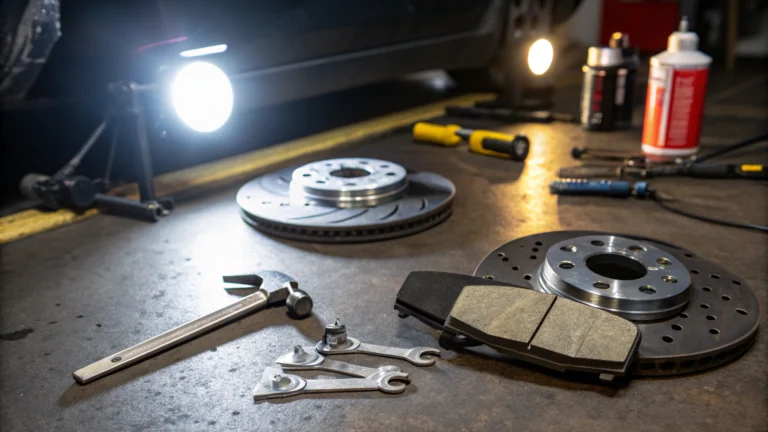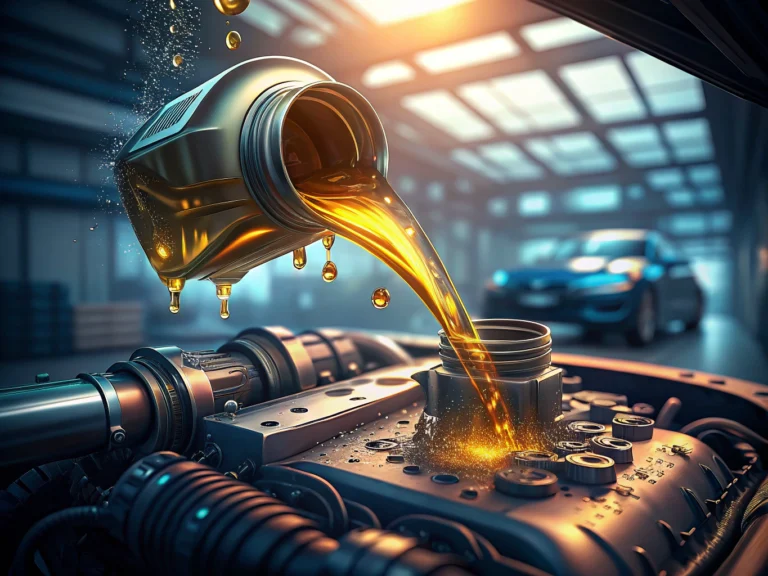Coolant Flush Benefits: Essential Guide for Better Performance
Table of Contents
Understanding coolant flush benefits can significantly enhance your vehicle’s performance and longevity. A proper coolant flush not only helps in preventing engine overheating but also protects internal components from corrosion and buildup.
The importance of regular coolant maintenance cannot be overstated. By learning about the various benefits, including improved engine efficiency and reduced repair costs, you can ensure the optimal operation of your vehicle’s cooling system.
Understanding Coolant Flush Benefits
A coolant flush is more than just draining and replacing the old antifreeze in your vehicle. It’s a comprehensive service that removes contaminants, rust, scale deposits, and old deteriorated coolant from your entire cooling system. The benefits of this maintenance procedure extend far beyond simply replacing fluid.
How coolant maintenance improves engine life
Regular coolant maintenance directly impacts your engine’s lifespan in several important ways. First, fresh coolant maintains the proper pH balance in your cooling system, which helps prevent corrosion of metal components. Over time, coolant becomes acidic, which can eat away at radiators, water pumps, and heater cores.
Additionally, a coolant flush benefits your vehicle by removing harmful sediment that can clog radiator tubes and restrict coolant flow. These restrictions can lead to hot spots in the engine, uneven cooling, and eventually serious engine damage. By maintaining clean coolant, you ensure efficient heat transfer throughout the engine block.
Another significant benefit is the restoration of coolant additives that protect against corrosion, lubricate the water pump, and prevent scale buildup. These additives deplete over time, making regular coolant flushes essential for maintaining these protective properties.
Coolant Change Intervals Demystified
When and why timing matters
Knowing the right time to perform a coolant flush can be confusing, especially with different types of coolant available today. Traditional green coolant typically requires changing every 30,000 miles or 2 years. However, extended-life coolants (often orange, yellow, or red) may last 100,000 miles or 5 years.
The timing of your coolant flush benefits the overall health of your vehicle in several ways. Changing coolant too late risks corrosion and overheating issues. However, changing it too frequently may be an unnecessary expense. The best practice is to follow your manufacturer’s recommendations in your owner’s manual.
Several factors can influence your coolant change interval. If you frequently drive in extreme conditions, tow heavy loads, or notice your temperature gauge running higher than normal, you might benefit from more frequent coolant service. Also, if your coolant appears rusty, dirty, or has particles floating in it, it’s time for a flush regardless of mileage.
a coolant flush benefits your vehicle by removing harmful sediment that can clog radiator tubes
A comprehensive coolant flush benefits your vehicle more than a simple drain and fill. While a drain and fill replaces only about 50-60% of the old coolant, a proper flush removes virtually all old coolant and contaminants from the entire system, including the radiator, engine block, and heater core.
Prevent Overheating with Coolant System Maintenance
Critical steps to safeguard your engine
Preventing overheating is perhaps one of the most important coolant flush benefits. Engine overheating can lead to warped cylinder heads, blown head gaskets, and even complete engine failure—all expensive repairs that could have been avoided with proper maintenance.
A complete coolant system maintenance program should include several key steps. First, inspect all hoses and connections for leaks, cracks, or bulges. These components deteriorate over time and can fail suddenly, causing coolant loss and overheating.
Next, check the radiator cap to ensure it maintains proper pressure in the system. A malfunctioning cap can allow coolant to escape or air to enter the system, both of which compromise cooling efficiency. The radiator itself should be inspected for external damage and internal blockages that might restrict coolant flow.
The water pump, which circulates coolant throughout the system, should be evaluated for leaks and proper operation. A failing water pump can quickly lead to overheating situations. Similarly, the thermostat should be tested to confirm it’s opening and closing at the correct temperatures.
When performing a coolant flush, benefits include the opportunity to identify these potential issues before they cause breakdowns. Professional coolant flushes typically include pressure testing the system to detect hidden leaks and ensure everything is functioning correctly.
Modern coolant contains important additives that prevent corrosion, lubricate water pump seals, and control pH levels. As these additives break down over time, the protection they provide diminishes, putting your cooling system at risk. A proper coolant flush benefits your vehicle by restoring these essential protective properties.
Another often overlooked benefit of regular coolant maintenance is improved heating system performance. The same coolant that keeps your engine cool in summer also provides heat to your cabin in winter by carrying heat to the heater core. Fresh coolant with proper flow ensures your defroster and heating system work efficiently when temperatures drop.
Environmentally, proper coolant disposal is critical
Used coolant contains heavy metals and toxic ethylene glycol, which can contaminate water supplies and harm wildlife if dumped improperly. Professional service centers properly dispose of or recycle used coolant, protecting the environment.
In conclusion, the benefits of coolant flush service extend far beyond simply preventing overheating. From extending engine life and improving performance to preventing costly repairs and protecting the environment, regular coolant maintenance represents a small investment that yields significant returns in vehicle reliability and longevity. Following manufacturer recommendations for coolant service intervals and choosing quality coolant formulated for your specific vehicle will help ensure you receive all these coolant flush benefits.
As an Amazon Associate we earn from qualifying purchases.
Shop Related Products:
- Find coolant on Amazon
- Find antifreeze on Amazon
- Find coolant flush kit on Amazon
- Find radiator flush on Amazon
- Find pressure tester on Amazon
Frequently Asked Questions
Why are coolant flushes necessary?
They remove contaminants and maintain optimal cooling efficiency.
How often should you flush your coolant?
Typically every 30,000 miles or as recommended by your vehicle’s manufacturer.
What happens if you don’t flush coolant?
Old coolant can cause corrosion, overheating, and engine damage.






